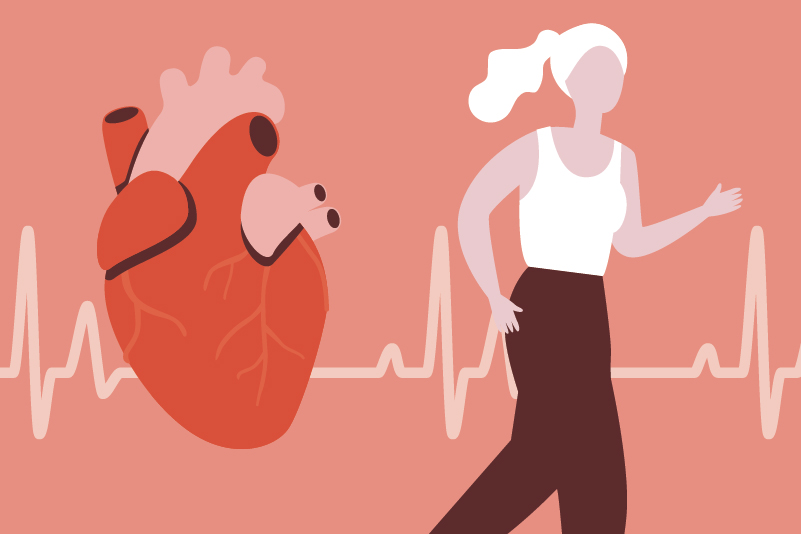#67 How does high dose statin compare to low dose in people with heart disease?

Reading Tools for Practice Article can earn you MainPro+ Credits
Join NowAlready a CFPCLearn Member? Log in
- Most recent: Ten trials, 41,778 patients with CHD. Mean trial duration 2.5 years.
- High dose is usually atorvastatin 80mg. Low-moderate dose varies: pravastatin 40 mg to lovastatin 5mg.
- Outcomes:
- No difference in death, cardiovascular death, or fatal myocardial infarction (MI).
- High dose reduced the combined endpoint of non-fatal MI and CHD death: 9.4% vs 10.5%, Number Needed to Treat (NNT) =91 over 2.5 years.
- Other meta-analyses have similar results. High dose statins:
- Reduced mortality in patients with acute coronary syndrome: 1,3 NNT=91 over two years.
- Increased adverse events leading to stopping therapy: Number Needed to Harm (NNH) =47.
- In patients with CHD, low-moderate dose statin (like 40mg pravastatin or 20-40mg simvastatin) compared to placebo:7
- Reduced CHD: NNT=27.
- Reduced mortality: NNT=56.
- Benefits of low-moderate dose over placebo (relative benefit 25% for CHD7 ) are larger than the benefits of high dose over low-moderate dose (only 10% incremental benefit1 ).
- Adherence to statin therapy in the community is poor (worse than trials):
- Up to 50% discontinue statin by 3 years with adverse events often cited as a reason for stopping.8-10
- Post-marketing data11,12 indicates muscle-related side effects and transaminase abnormalities increase four-five fold when increasing atorvastatin from 40 mg to 80 mg.














